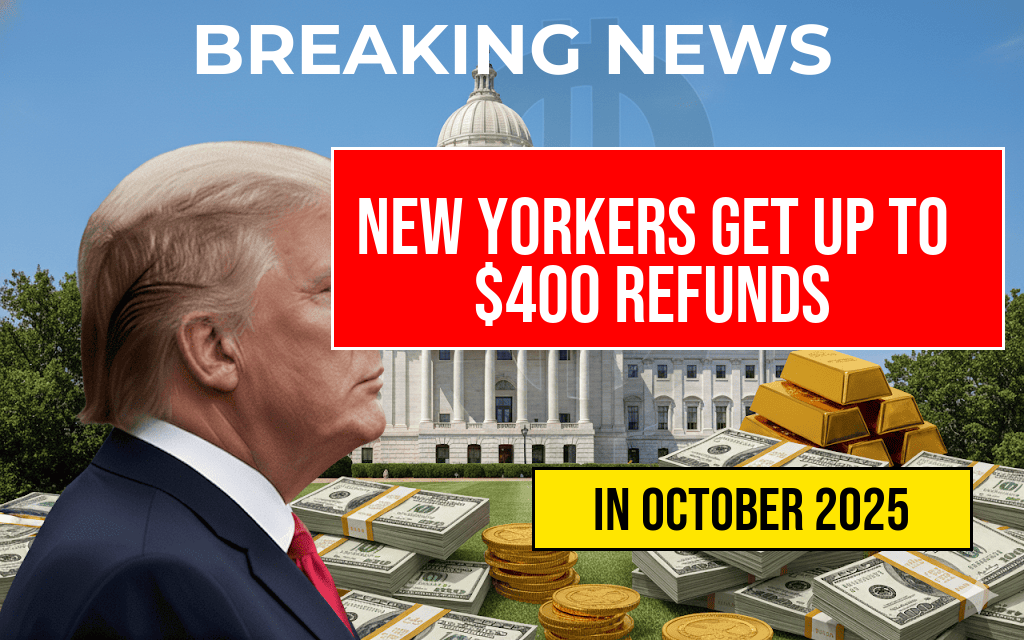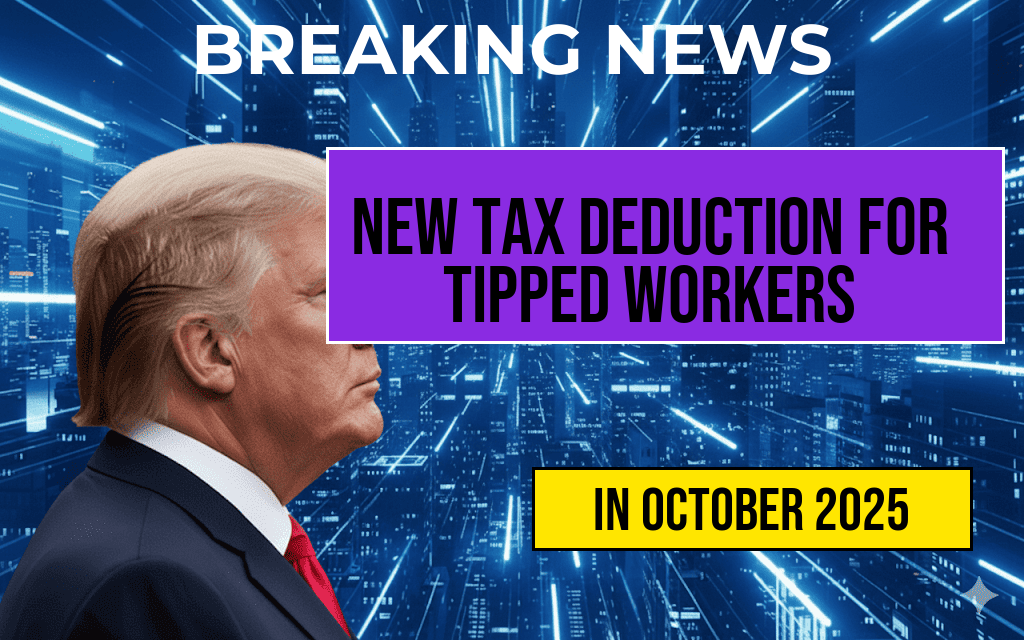Starting in 2025, employees will have the opportunity to increase their 401(k) contributions to a new limit of $23,500, an adjustment reflecting changes in inflation and the cost of living. This increase, announced by the Internal Revenue Service (IRS), is designed to encourage more workers to save for retirement amidst rising economic challenges. The new limit represents a significant boost from the current contribution cap of $22,500 for 2023 and 2024, allowing employees to set aside more of their earnings in tax-advantaged accounts. This change is particularly beneficial for those looking to maximize their retirement savings in an era where financial security is becoming increasingly elusive.
Understanding 401(k) Contribution Limits
A 401(k) plan is a popular retirement savings vehicle that allows employees to save a portion of their paycheck before taxes are taken out. Contributions are typically matched by employers, further enhancing the savings potential. The IRS revises these contribution limits periodically based on inflation, ensuring that retirement savings opportunities keep pace with economic realities.
Key Changes for 2025
- New Contribution Limit: $23,500
- Previous Contribution Limit: $22,500 (2023 and 2024)
- Catch-Up Contributions: Individuals aged 50 and older can contribute an additional amount, which will also increase in 2025.
The Importance of Increased Contributions
As the cost of living rises, so does the necessity for individuals to save more for retirement. The $1,000 increase in contribution limits allows employees to take advantage of compound interest over a longer period, significantly impacting their overall retirement savings. Financial experts suggest that maximizing 401(k) contributions can lead to a more comfortable retirement, providing individuals with greater financial security.
Implications for Workers
The increase in contribution limits may encourage more workers to participate in their employer-sponsored retirement plans. For those who have not yet maximized their contributions, this change could serve as a motivating factor to start saving more. The additional funds can help employees build a robust retirement portfolio, essential for navigating the uncertainties of future financial landscapes.
Strategies to Maximize Contributions
To fully benefit from the increased contribution limits, employees should consider several strategies:
- Review Your Budget: Assess your current financial situation and determine how much you can allocate towards your 401(k) without compromising your immediate needs.
- Take Advantage of Employer Matching: If your employer offers a matching contribution, aim to contribute at least enough to receive the full match.
- Increase Contributions Gradually: Consider increasing your contribution rate incrementally, perhaps with each pay raise.
Future Considerations
The IRS will continue to evaluate annual inflation rates, which may lead to further adjustments in contribution limits in subsequent years. Staying informed about these changes is crucial for employees aiming to optimize their retirement savings. Resources such as the IRS website and financial planning platforms offer valuable insights into managing retirement funds effectively.
Resources for Retirement Planning
For employees looking to enhance their retirement planning, several authoritative resources can provide guidance:
| Year | Contribution Limit | Catch-Up Contribution (Age 50+) |
|---|---|---|
| 2023 | $22,500 | $7,500 |
| 2024 | $22,500 | $7,500 |
| 2025 | $23,500 | To be determined |
In light of these changes, employees are encouraged to actively engage with their financial futures and consider maximizing their retirement contributions. By doing so, they can take significant steps towards ensuring a financially secure retirement.
Frequently Asked Questions
What is the new contribution limit for 401(k) plans in 2025?
The new contribution limit for 401(k) plans in 2025 is $23,500, allowing employees to save more for their retirement.
Who is eligible to increase their 401(k) contributions?
All eligible employees participating in a 401(k) plan can increase their contributions to the new limit, subject to their employer’s plan rules.
How does the increase in contribution limits affect retirement savings?
The increase in 401(k) contribution limits allows employees to save more money for retirement, potentially leading to greater financial security in their later years.
Are there any catch-up contributions allowed for older employees?
Yes, employees aged 50 and older may be eligible for catch-up contributions, allowing them to contribute even more to their 401(k) accounts beyond the standard limit.
When can employees start contributing the new limit?
Employees can start contributing the new limit of $23,500 in their 401(k) plans beginning in 2025, as per the updated regulations.











